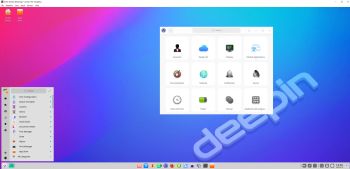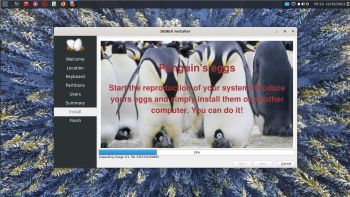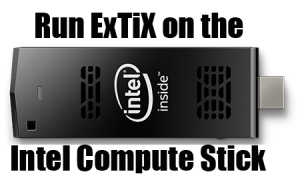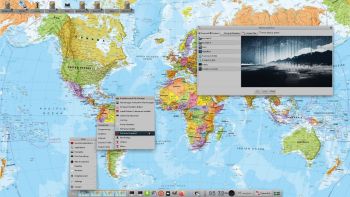Slackware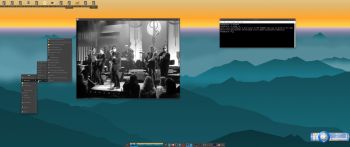 is the first widely-used Linux system, which is still developing. Slackware has existed since 1993. In comparison with for example Ubuntu and Linux Mint, many people believe that Slackware is “difficult”. Any novice can quickly learn to use Ubuntu they say. My remaster of Slackware Current (15.0), which I call SlackEX 15.0 Current 64 bit Linux Live DVD, is however just as easy to use as Ubuntu and/or Linux Mint. Some tend to complain that the Program Management in Slackware is awkward. That was perhaps earlier the case, but not anymore.
is the first widely-used Linux system, which is still developing. Slackware has existed since 1993. In comparison with for example Ubuntu and Linux Mint, many people believe that Slackware is “difficult”. Any novice can quickly learn to use Ubuntu they say. My remaster of Slackware Current (15.0), which I call SlackEX 15.0 Current 64 bit Linux Live DVD, is however just as easy to use as Ubuntu and/or Linux Mint. Some tend to complain that the Program Management in Slackware is awkward. That was perhaps earlier the case, but not anymore.
NEWS ABOUT SlackEX Build 220117 with the Enlightenment and Xfce4 Desktops
A new extra version of SlackEX is ready. It is based on Slackware 15.0 RC3 released 220113. In this version I’ve installed Enlightenment 0.25.1 – latest version and Xfce4. I’ve also replaced kernel 5.10.70-exton with kernel is 5.16.0-exton. This version of SlackEX is unique. You can’t find another Linux system with the latest Enlightenment version. When installing version 0.25.1 I had to do it from source. The whole thing was very time consuming since a lot of dependencies had to be satisfied. The most important package installed is Refracta Snapshot. With that you can build your own Slackware distribution with Enlightenment 0.25.1. When a new version of Enlightenment is ready you too should be able to install it from source. Xfce4 is one of Slackware’s official Desktop environments. The other one is KDE. You can easily switch from Enlightenment to Xfce4 by editing /root/.xinitrc. Watch this screenshot. Then log out and back again. That can of course also be done when running SlackEX live. (From a DVD or USB stick). Study the full package LIST in SlackEX Build 220117. This Build of SlackEX replaces version 211014 (with Xfce4) and version 201112 (with Enlightenment). NOTE: You’ll run SlackEX Build 220117 as root. The password for root is root. If you don’t like to run a Linux system as root you can create a “normal” user. Watch this screenshot.
Why Slackware?
Slackware is grossly underestimated (in my opinion). This article give you ten (10) reasons to choose Slackware. And this article explains how Slackware works in 2021/2022.
SCREENSHOTS
Screenshot 1 – root’s Desktop – Enlightenment
Screenshot 2 – root’s Desktop with Xfce4 as DE
andex.exton.net – latest is AndEX 10 (with GAPPS) and AndEX Pie 9.0 (also with GAPPS)!
and
about my Android 11, 10, Pie, Oreo, Nougat, Marshmallow and Lollipop versions for Raspberry Pi 4 and 3/2 at
raspex.exton.se – latest is RaspAnd 11 (with GAPPS) and RaspAnd Oreo 8.1 (also with GAPPS)!


